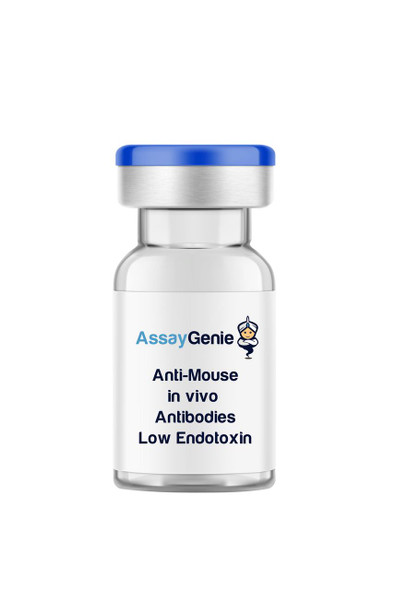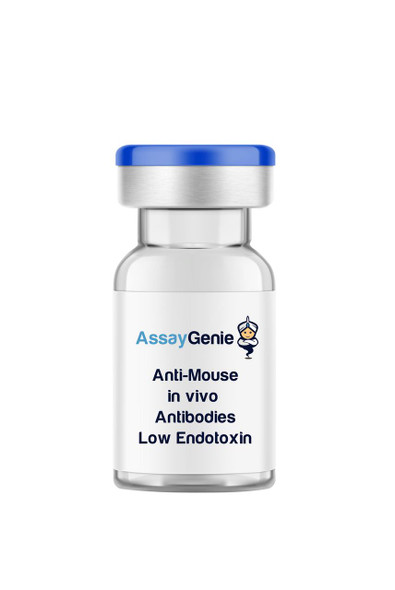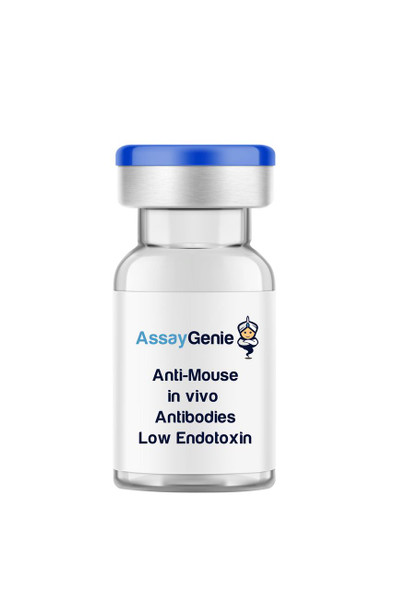Interleukin 13 (IL-13) is a cytokine secreted by many cell types, but especially T helper type 2 (Th2) cells1, that is an important mediator of allergic inflammation and disease. IL-13 induces its effects through a multi-subunit receptor that includes the alpha chain of the IL-4 receptor (IL-4Rα), which is also a component of the IL-4 receptor, and at least one of two known IL-13-specific binding chains.1 The functions of IL-13 overlap considerably with those of IL-4. Although IL-13 is associated primarily with the induction of airway disease, it also has anti-inflammatory properties. IL-13 induces many features of allergic lung disease, including airway hyperresponsiveness, goblet cell metaplasia and mucus hypersecretion, which all contribute to airway obstruction.

![Mouse IL-13 In Vivo Low Endotoxin Antibody [38213] (IVMB0394) Mouse IL-13 In Vivo Low Endotoxin Antibody [38213] (IVMB0394)](https://cdn11.bigcommerce.com/s-h68l9z2lnx/images/stencil/608x608/products/230087/596620/mouse-il-13-in-vivo-low-endotoxin-antibody-38213__89727.1709048668.jpg?c=2)




